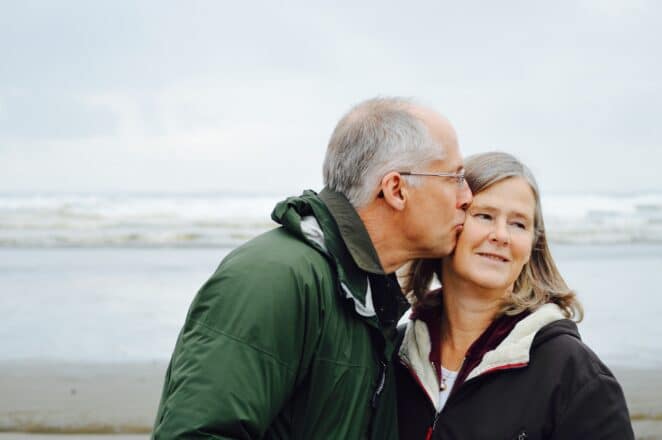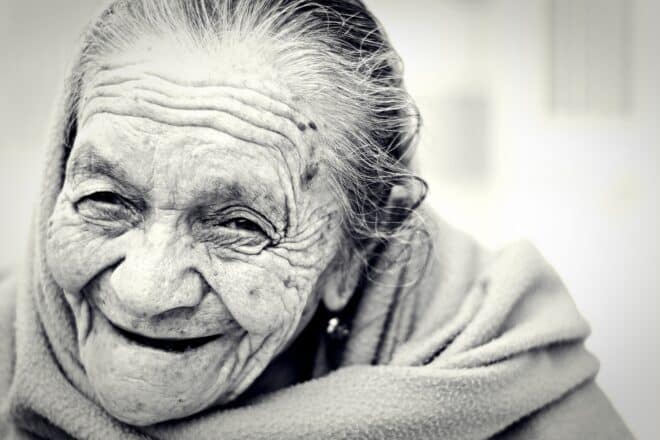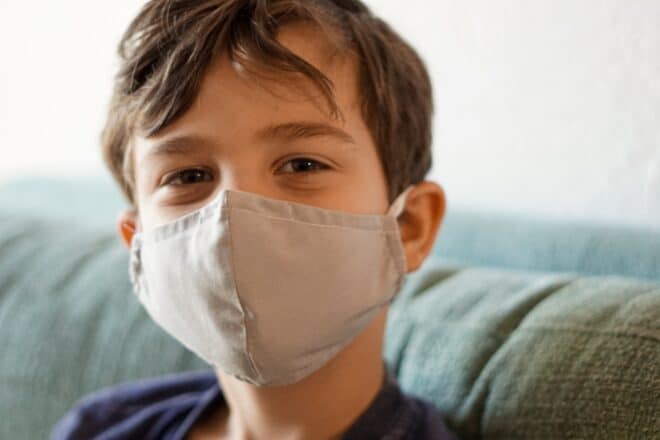“Falls Prevention Strategies for Older Adults” sheds light on a pervasive health threat for the elderly population and illuminates effective preventive measures your loved ones can follow. Falling incidents among older adults aged 65 and above — leading to injuries, loss of independence, and even fatalities — are unfortunately increasing. But don’t let this daunting fact scare you away. Falls are not a foregone conclusion of aging.
This piece guides you, reveals facts and shares proven approaches for reducing the risk. The data the Centers for Disease Control and Prevention has compiled empowers you to safeguard your loved ones from falls and the subsequent toll they can take on their lives.

Understanding the Risk of Falls in Older Adults
Falls constitute a significant threat to the health and independence of older adults. In the realm of aging, falls do not have to be an inevitable by-product. The possibility of falls can be mitigated and prevented. The Centers for Disease Control and Prevention (CDC) identifies older adults as anyone aged 65 years and older, and are particularly susceptible to falls.
Identifying high-risk groups
High-risk groups for falls often include those with compromised mobility and balance, those suffering from certain health conditions such as Parkinson’s disease or arthritis, and those taking certain types of medications which may affect balance and coordination. It’s crucial to understand who is at a higher risk to effectively implement preventative measures.
Statistics on falls in older adults
Falls among adults 65 and older caused more than 36,000 deaths in 2020, marking it as the leading cause of injury death within the demographic. Emergency departments recorded approximately 3 million visits for falls among older adults in the same year, representing a substantial load on the healthcare system.
Factors contributing to falls in older adults
On a personal level, a variety of factors contribute to falls in older adults. These can range from physical and health conditions such as balance issues, muscle weakness, poor vision, or the side effects of medications. Environmental factors, such as home hazards or improper footwear, can also increase the risk of falls.
The Impact of Falls on Older Adults
While many falls don’t cause injuries, the fear of falling can lead to decreased activity levels, which in turn increase the likelihood of future falls. It’s a vicious cycle that can have severe physical, emotional, and psychological effects on older adults.
Physical injuries from falls
Physical injuries from falls range from minor bumps and bruises to more severe consequences, such as fractures and traumatic brain injuries. Because of their frailty, older adults are more prone to serious injury and longer recovery time.
Emotional and psychological effects
Falls often lead to fear, anxiety, and depression. The fear of falling can result in further physical decline, social isolation, feelings of helplessness, and an overall reduced quality of life.
The cost of falls on healthcare systems
Not only do falls have devastating effects on individuals, but they also impose significant costs on the healthcare system. According to the CDC, older adult falls cost $50 billion annually in medical costs, with three-quarters paid by Medicare and Medicaid.
Common Dangers in the Home
Even the most familiar settings can hold dangers for older adults. A majority of falls happen at home during ordinary activities. Identifying potential hazards and making necessary adjustments can greatly reduce the risk of falls.
Potential trip and fall hazards
These hazards can include anything from clutter on the floor, loose area rugs, slippery floors, poor lighting to cords that cross walkways. Keeping these areas clear and well-lit can help prevent unnecessary accidents.
Unsafe areas of the home
Stairs, bathrooms, and kitchens are where falls typically occur. Installing railings, non-slip mats or tiles, and adequate lighting can make these areas safer for older adults.
Improving home safety
Improving home safety is a proactive step towards fall prevention. This can be achieved by reducing clutter, securing rugs, improving lighting, and making bathrooms safer and more accessible.
Medication Risk Evaluation
Certain medications or combinations thereof can increase the risk of falls by causing dizziness, drowsiness or impaired balance and coordination.
The role of medication in falls
Medications can contribute to the risk of falls in older adults. Certain drugs, such as sedatives, antidepressants, or even over-the-counter medicines, can cause side effects like dizziness or disorientation, thereby increasing the likelihood of falls.
Regular medication reviews
Regular medication reviews are an essential step in preventing falls. Such reviews can help identify medications that may increase the risk of falls and allow for necessary adjustments or substitutions.
Taking the right precautions with medication
Taking the right precautions involves being aware of potential side effects, such as dizziness or drowsiness, and ensuring medications are taken correctly. In addition, older adults should stay hydrated and avoid alcohol when taking medication.

Physical Fitness and Fall Prevention
Physical fitness plays a significant role in preventing falls. Regular physical activity strengthens the body and improves balance, coordination, and flexibility, reducing the risk of falls.
Importance of physical activity
Remaining active is one of the best ways to prevent falls. Regular physical activity strengthens the muscles and improves balance, both of which contribute significantly to reducing the risk of falls.
Recommended exercises for older adults
Older adults should consider exercises that promote balance and strength, such as tai chi and strength training. Walking and water workouts are also excellent for boosting strength and balance.
Overcoming barriers to exercise
Barriers to exercise may include fear of falls or lack of interest. To overcome these barriers, older adults can engage in activities they enjoy, exercise with friends or family, or join social groups related to physical activity.
Importance of Regular Vision and Hearing Checks
Vision and hearing issues can increase the risk of falls, as they directly impact balance and spatial awareness. Regular check-ups ensure these senses are working optimally.
How vision and hearing impact balance
Good vision helps maintain balance and navigate surroundings. Similarly, our inner ear plays a crucial role in maintaining balance. Impaired vision or hearing can quicken a fall, or not allow a person to guard themselves appropriately if they do fall.
Utilizing assistive devices
Assistive devices such as hearing aids, eyeglasses, or canes can help manage these sensory impairments and reduce the risk of falls.
Regular appointments with healthcare providers
Regular appointments with healthcare providers help to diagnose and manage vision or hearing problems promptly. Early detection and treatment can significantly reduce the risk of falls.

Proper Nutrition and Hydration
Proper nutrition and hydration play a crucial role in maintaining strength and balance, therefore greatly reducing the risk of falls among older adults.
Understanding the role of nutrition and hydration in fall prevention
Adequate nutrition supports overall health, muscle strength, and bone density, while proper hydration helps to prevent dizziness and confusion that can lead to falls.
Recommended diet for older adults
A diet rich in calcium, vitamin D, and protein can help maintain bone health and muscle strength. It’s also crucial to keep hydrated, especially in hot weather.
Staying hydrated to prevent dizziness and falls
Dehydration can cause dizziness, confusion, and weakness, which can all lead to falls. Simple measures such as carrying a water bottle, drinking plenty of fluids throughout the day, and avoiding excessive alcohol, can help keep older adults well-hydrated.
Utilizing Assistive Devices
Assistive devices can greatly improve safety and independence in daily activities and help reduce the risk of falls.
Types of assistive devices
Assistive devices include canes, walkers, wheelchairs, grab bars, non-slip mats, or even certain types of footwear. These tools can provide additional stability and support to help prevent falls.
Proper usage of assistive devices
It’s crucial to use assistive devices properly and to have them adjusted to fit the individual’s height and weight for maximum safety and efficacy.
Finding the right assistive device
Finding the right device involves a health professional’s input. Physiotherapists or occupational therapists can provide recommendations based on individual needs.
Community Support and Education
Family, friends, and the wider community can provide support and resources to help prevent falls at home and in the wider community.
Role of family and community in fall prevention
Family and community can play a vital role in fall prevention – from making the home safer to encouraging physical activity and healthy behaviours.
Community resources for fall prevention
Community resources could include local senior centers, libraries, or health departments that offer fall prevention programs, exercise classes for older adults, and safety assessments for homes.
Educational programs on fall prevention
Educational programs can raise awareness of the risk factors associated with falls and teach practical strategies to prevent them. These can be found at local community centers, hospitals, or through various online platforms.
Healthcare Provider’s Role in Fall Prevention
Healthcare providers can play a crucial role in helping older adults prevent falls by offering regular medical checkups, medication reviews, and referrals to appropriate exercise programs.
What to discuss with healthcare providers
It’s important to discuss any history of falls, fear of falling, or balance-related issues with healthcare providers. Don’t hesitate to mention any concerns about medications that may be implicated in falls.
Creating a personalized fall prevention plan
Based on the discussion, healthcare providers can develop a personalized fall prevention plan that addresses potential risk factors. This could include recommendations for physical therapy, vision or hearing tests, or changes to medications.
Follow-ups and monitoring progress
After implementing a fall prevention plan, it’s important to keep regular follow-up appointments to monitor progress and adjust the plan as needed. Remember, preventing falls is an ongoing effort that requires cooperation between older adults, their families, and healthcare providers.
In summary, preventing falls among older adults is a multi-faceted approach. It involves regular health check-ups, maintaining physical fitness, improving home safety, managing medications, and staying well-nourished and hydrated. With the support of healthcare providers, family, and the community, older adults can reduce their risk of falls and continue to lead active, independent lives.
